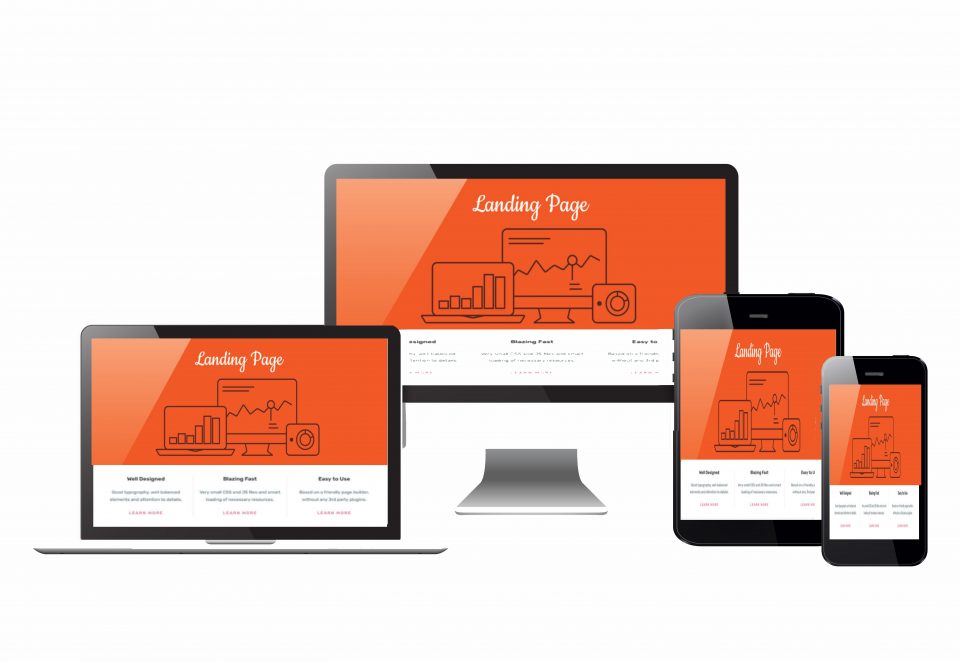Archives
- Newer posts
- June 2025
- May 2025
- November 2024
- April 2024
- November 2023
- October 2023
- August 2023
- May 2023
- February 2023
- October 2022
- August 2022
- July 2022
- May 2022
- April 2022
- March 2022
- February 2022
- June 2020
- March 2020
- February 2020
- January 2020
- December 2019
- November 2019
- October 2019
- September 2019
- August 2019
- July 2019
- June 2019
- May 2019
- April 2019
- March 2019
- February 2019
- January 2019
- December 2018
- November 2018
- October 2018
- September 2018
- August 2018
- July 2018
- June 2018
- May 2018
- April 2018
- March 2018
- February 2018
- January 2018
- December 2017
- November 2017
- October 2017
- September 2017
- August 2017
- July 2017
- June 2017
- May 2017
- April 2017
- March 2017
- February 2017
- January 2017
- August 2016
- June 2016
- April 2016
- March 2016
- February 2016
- January 2016
- July 2015
- June 2015
- Older posts

Landing Pages
Before we actually get on to landing pages, here is an important statement. ‘Never. Start. A. Marketing. Campaign. Without. A. Dedicated. Landing. Page.’
In online/digital marketing, a landing page is referred to as the page on which the user lands on after clicking an online marketing call-to-action. This click could be a search engine results page or through an ad. The landing page will usually be a logical extension to the directed sales copy of the advertisement, search result or link. Lead generation is one of the most important functions carried out by landing pages. Upon reaching the landing page, the actions user decides to take determines the conversion rate for the website.
A landing page is different from the main website and its other pages which is designed with a focused objective in mind. The website is designed to give an idea of the overall brand and presents various options for the user to choose from. A landing page, on the other hand, is focused on one objective. This means that there shouldn’t be any global navigation to tie it to the primary website. This helps in limiting the options available to the end users and driving them towards your intended goals of conversion.
There are two types of landing pages:
- Click Through Landing Page.
These pages are designed with the goal to persuade users to click through the website to another page. Usually used by e-commerce sites, these types of pages normally describe the product and offer insufficient detail so as to “warm up” a visitor to the point where they are closer to making a purchasing decision.
- Lead Generation Landing Pages.
Lead Generation Landing pages are used to capture user data like name and email address. This data can then be used in the future to connect with the users and market promotional offers and new product launches. As such, a lead capture page usually contains a form asking for your personal data and a description of what you will receive in return.
“Message Match” is an important factor for the success of landing pages. It is the ability of the landing pages to enforce the information presented on the link or ad that was clicked to reach the page. Most visitors are impatient and tend to leave them immediately if the website does not reinforce the stated information. Conversely, reinforcing the link headline and providing valuable information can lead to excellent conversion rates.
The main benefit of having a landing page is that it greatly increases the conversion rate. For any company launching a new service or a product, it is highly advisable to use a landing page for all the right reasons. A well-designed landing page, having a specific objective behind it, does a better job at conversion then a conventional website homepage.
